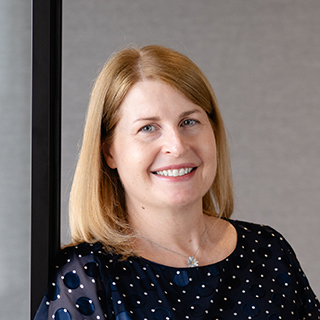Calculated success
Have you ever felt the need to blur the lines between your job description and the responsibilities of completely different teams and departments in order to be successful in your role? Sometimes I feel like I’m working in marketing, or sales, or product management, or technology. But my favourite colleagues in each of those departments feel – as I do – that they’re often working in customer advocacy as well.
That’s because, in my opinion, the best employees have a sense of ownership and accountability for the bigger picture. I’ve often said that if I hear anyone use the phrase “That’s not my job”, what I really hear is “I don’t want to work for this company anymore”.
How do we create those best employees? How do we break down silos and encourage holistic accountability? How do we get people away from a ‘victim mentality’ and into proactive action – away from thinking “If only that other department did their job, my job would be so much easier”?
I’m no business school professor – nor am I a best-selling author of organisational health books. Like most people, I’ve stumbled through my career, bumping up against many a roadblock, trying to remember what worked the last time in a similar situation. But something I’ve always reverted to when in doubt, or even when I just need a little injection of job satisfaction for myself, is the concept of the team – and its product: teamwork.
When you have a highly functional team, there’s a risk that its members develop such tight and close bonds that they become insular and closed-off (or, to use the corporate buzzword, siloed). They close ranks, start using ‘us and them’ l anguage, and can become indifferent to the success of the overall organisation. If you see any of those warning signals, my experience says it’s time to broaden those team members’ horizons and help them to see that they’re also part of many other, bigger teams.
It’s like adding layers to an onion, rather than removing them. We’re all part of so many different, overlapping, and sometimes interdependent teams and communities. How do we get people to remember that? How do we get them to think outwardly, with empathy and optimism?
I think it’s all about the employee experience (EX). Engaged employees are open to helping leadership in new, different and bigger ways, and see everyone who asks for help as a customer (C) – and therefore deliver a better customer experience (CX).
This week, I had one-on-one meetings with each team member in one of our newest teams. All of them talked about how their team leader supported them and encouraged them to focus not on individual performance, but on the overall success of the team. One employee described that team leader as “present and caring”. I’m not sure there are two more important attributes in a leader. And the really fascinating thing about this team? The satisfaction scores they’re receiving from our customers are second to none.
And so, I leave you with the simplest and most important formula in your career: EX = CX. Happy employees make happy customers – who make money for the company. Mic drop.




